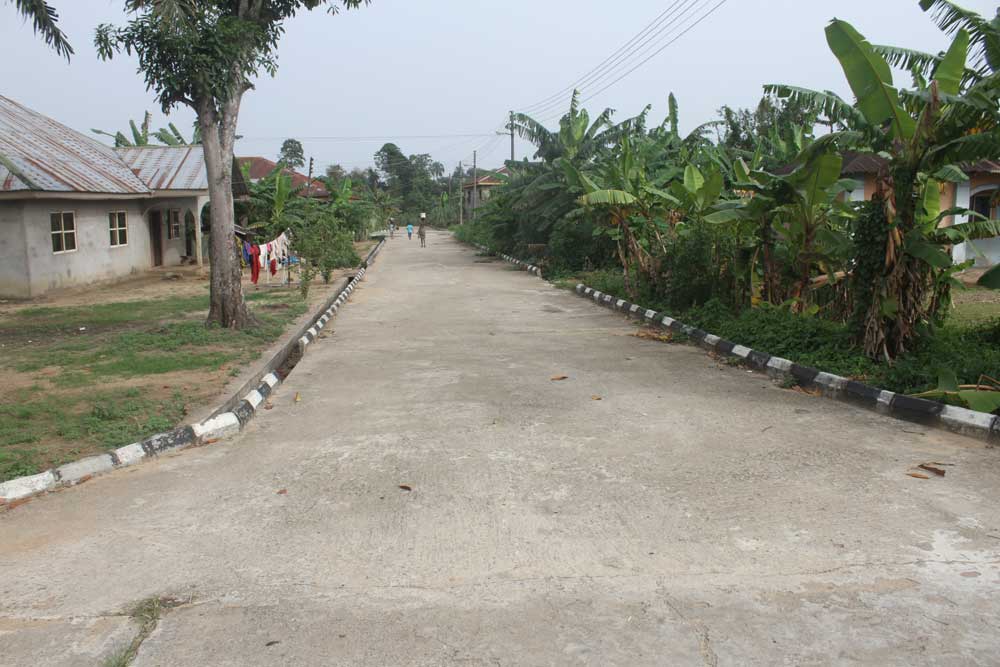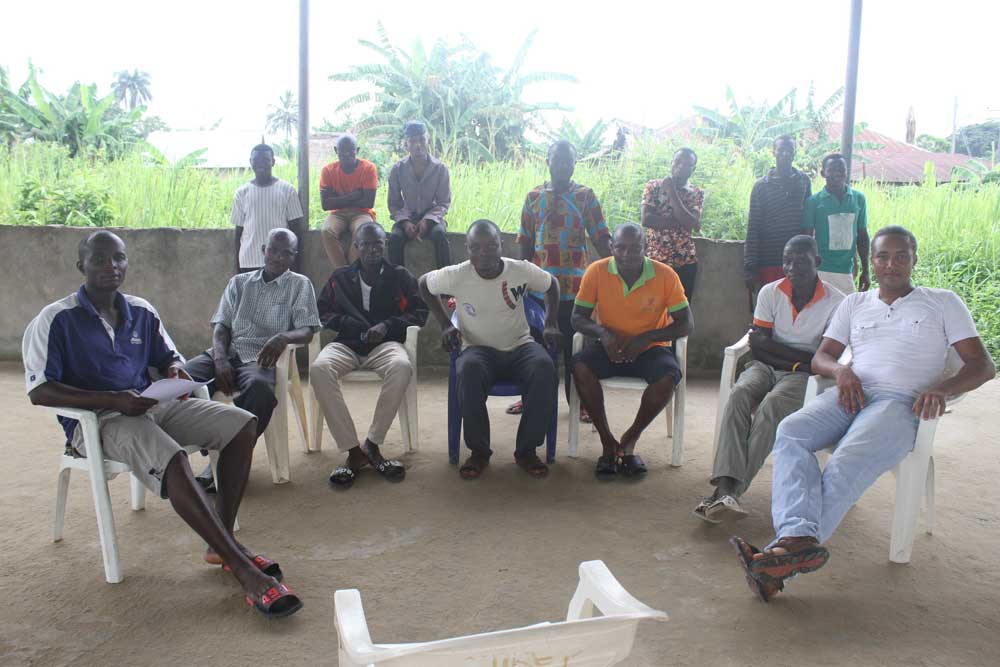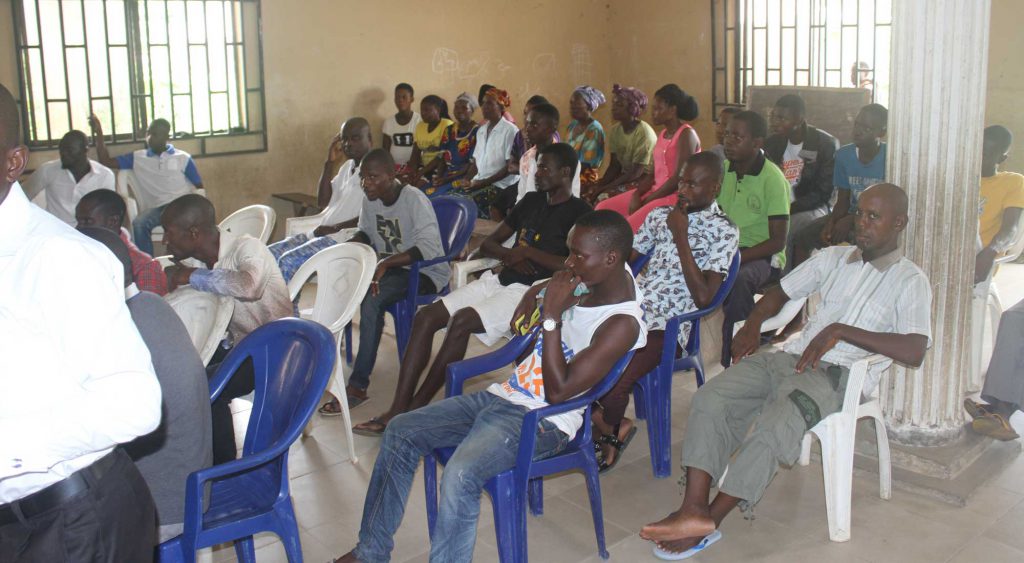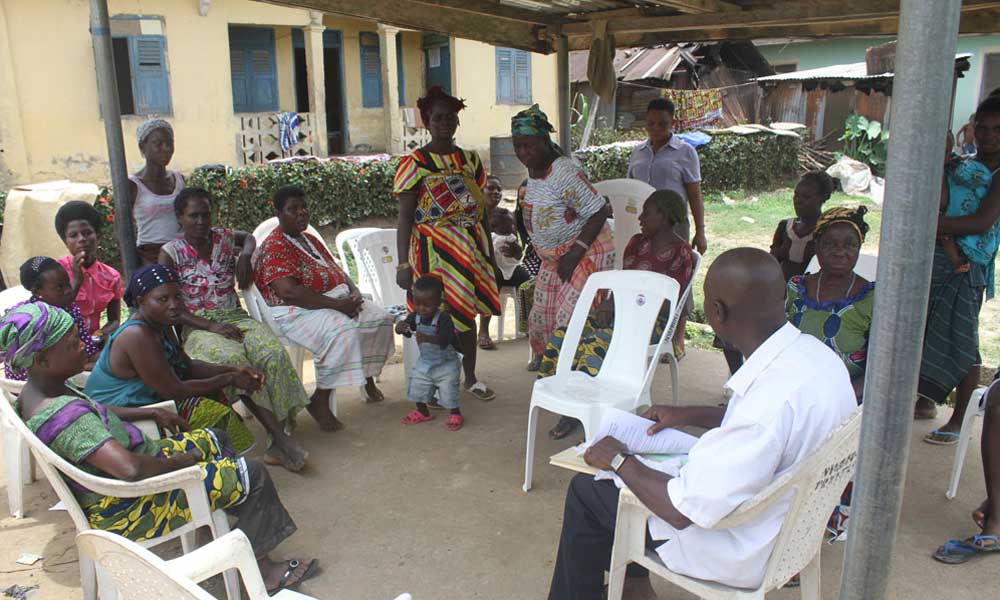SACA has completed the evaluation of Shell’s on-going sustainable development efforts in the 9 host communities making up the Okordia-Zarama Cluster.
This evaluation is a novel attempt to bring accountability to the fore of SPDC – sponsors of the Global Memorandum of Understanding (GMoU), and the communities of Okordia Zarama Cluster in Bayelsa State. The GMoU document between the Company and the Communities served as the guide in this evaluation. The essence was to understand how effective the GMoU process has been in addressing community yearnings vis-à-vis community development. This evaluation is to assess the implementation of the development plans/projects executed in the five year cycle and their outcomes, to measure their successes and failures with a view to improving the process. The evaluation was intended to have been done jointly by the Company (SPDC) and Stakeholders Alliance for Corporate Accountability (SACA) but the former failed to collaborate with the process. SPDC did not respond to questionnaires and withheld relevant information from SACA.
The evaluation of the GMoU implementation process was agreed in a meeting between Shell Petroleum Development Company (SPDC) and SACA in the Office of SPDC’s General Manager for External Relations and Community Development in Port Harcourt Rivers State on February 15, 2017. In the agreement for the assessment it was to be jointly done by SPDC and SACA teams. However, eventually failing to secure the cooperation of SPDC for the exercise, SACA went ahead and carried out the evaluation with the communities.

In the course of the evaluation questionnaires were designed based on points from the GMoU document and applied to 27 focus groups in the 9 communities that make up the Cluster. Responses were collated and interpreted community by community.
The revelations were informative. The study of the processes and execution of community development projects, and the recommendations may be helpful in improving future GMoU implementation by the company and the communities. One of SACA’s positive findings is the provision of micro-credit facilities for women, acknowledged by most of the communities. This demonstrates that SPDC and the CDB are gender sensitive in the design of the GMoU. SACA also observed that the GMoU document was indeed designed with complete community ownership of the process in mind.

On the flip side, however, SACA found out that communities are ignorant of any Social, Health or Environmental Impacts Assessment (if any) SPDC or the CDB might have carried out before or during any of the projects. Communities are also ignorant of their own Community Development Plans. They neither know the supervisory Technical Committees nor are aware of any monitoring activities by them. Most communities are aware of the GMoU but do not have copies of the document. The grievance handling mechanism is weak and unsatisfactory because the CDB is a judge in its own case. There was failure to hold community meetings/briefings regarding GMoU, e.g., the agreed 10 half-yearly assembly/briefings never held – no transparent interface. There was complete failure in transparency and accountability with respect to the finances of the GMoU. Communities are ignorant of the Top-up Funds – the amounts and their usage. There was no evidence of any women development projects. The communities expressed ignorance about the Peace Award promised to them in the GMoU agreement if there is no disruption to SPDC’s production.
The CTs failed to carry out their responsibilities as stated in the GMoU. Some of them allege that they were sidelined and made ineffective by the CDB. There is a clear lack of cohesion and cooperation in the implementation of the GMoU. SACA fears that the expected local ownership and accountability for the GMoU is not achieved. The GMoU as implemented has made minimal room for innovation and learning because expected quarterly/monthly meetings and briefings did not happen.

The only times most communities had opportunities to hear/learn from the CDBs were during SACA’s stakeholders gatherings. Finally, the government is passive in the GMoU design and implementation. Government representatives complained that government as a key development actor was usually not involved in the process, except when there was a problem, e.g., community protests/blockades stopping SPDC’s operations.
A detailed report of the evaluation has been produced and shared with the company and other relevant stakeholders.
The GMoU is an agreement that was put in place by SPDC when the IOGP was established by the Company first in 2006, to secure peaceful operational environment from the host communities that cut across Okordia-Zarama clans, and similar agreements were made by the Company in other operational areas that the Company operates, to mitigate the impact of the Company’s activities on their host communities. This evaluation is for the second GMoU between the Company and the Cluster. The GMoU is modeled after Chevron’s (another multinational oil company from America that operates in the Niger Delta) Regional Development Council (RDC) with some variations. The 2006 version had a governance structure that was called Project Advisory Committee (PAC 1 and PAC 2), the PAC 1 was a policy organ composed of first class traditional rulers of the clans, State Government Representatives and SPDC. While PAC 2 is the executive arm made of a chairman from one of the host communities and other members from communities that made up the cluster. The PAC1 and PAC2 arrangement lasted till 2010 when it expired.

Great job!